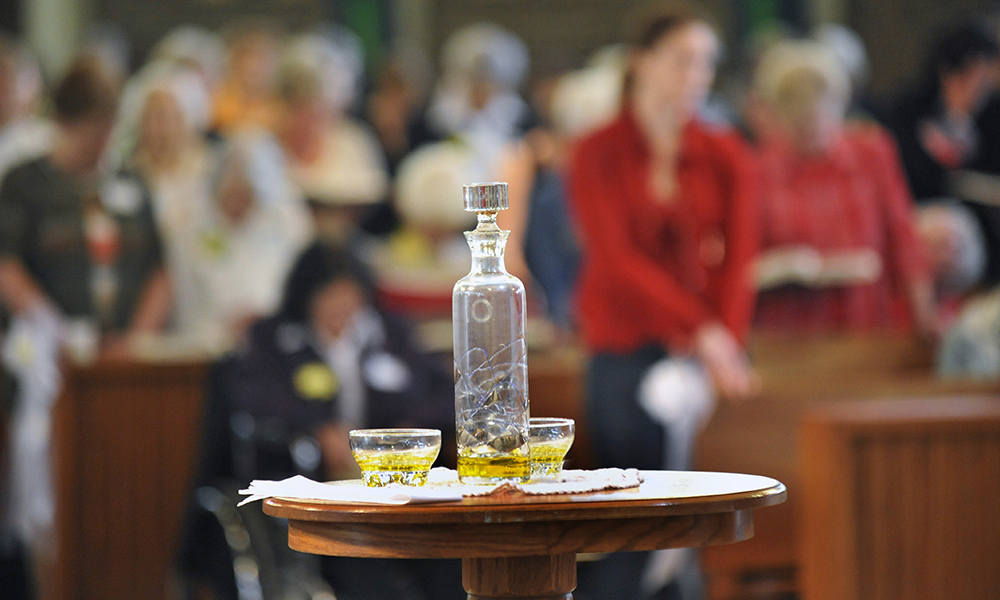Catholics growing up before the Second Vatican Council knew the Sacrament of the Anointing of the Sick as “Extreme Unction,” a blessing reserved for those at the point of death. As these individuals were usually in hospitals, the sacrament was, necessarily, administered privately.
The council fathers determined the sacrament is “not for those only who are at the point of death. Hence, as soon as anyone of the faithful begins to be in danger of death from sickness or old age, the fitting time … to receive this sacrament has certainly arrived” (Constitution on the Sacred Liturgy, No. 73). Because we are baptized into communion with one another, the Sacrament of the Anointing of the Sick, like all the sacraments, has a social dimension. Therefore, as the Catechism of the Catholic Church observes, “The Anointing of the Sick is a liturgical and communal celebration” (No. 1517). To anoint those who are ill or elderly in a parish (or other common) liturgical gathering visibly manifests the invisible bonds that unite us.
The same text from the Catechism also reminds us that although, at one time, we might have referred to the anointing of the sick as “Last Rites,” this misidentifies the sacrament. The Eucharist “should always be the last sacrament of the earthly journey … for ‘passing over’ to eternal life.”

